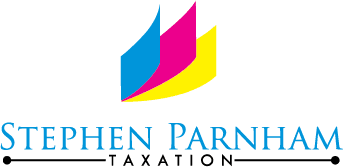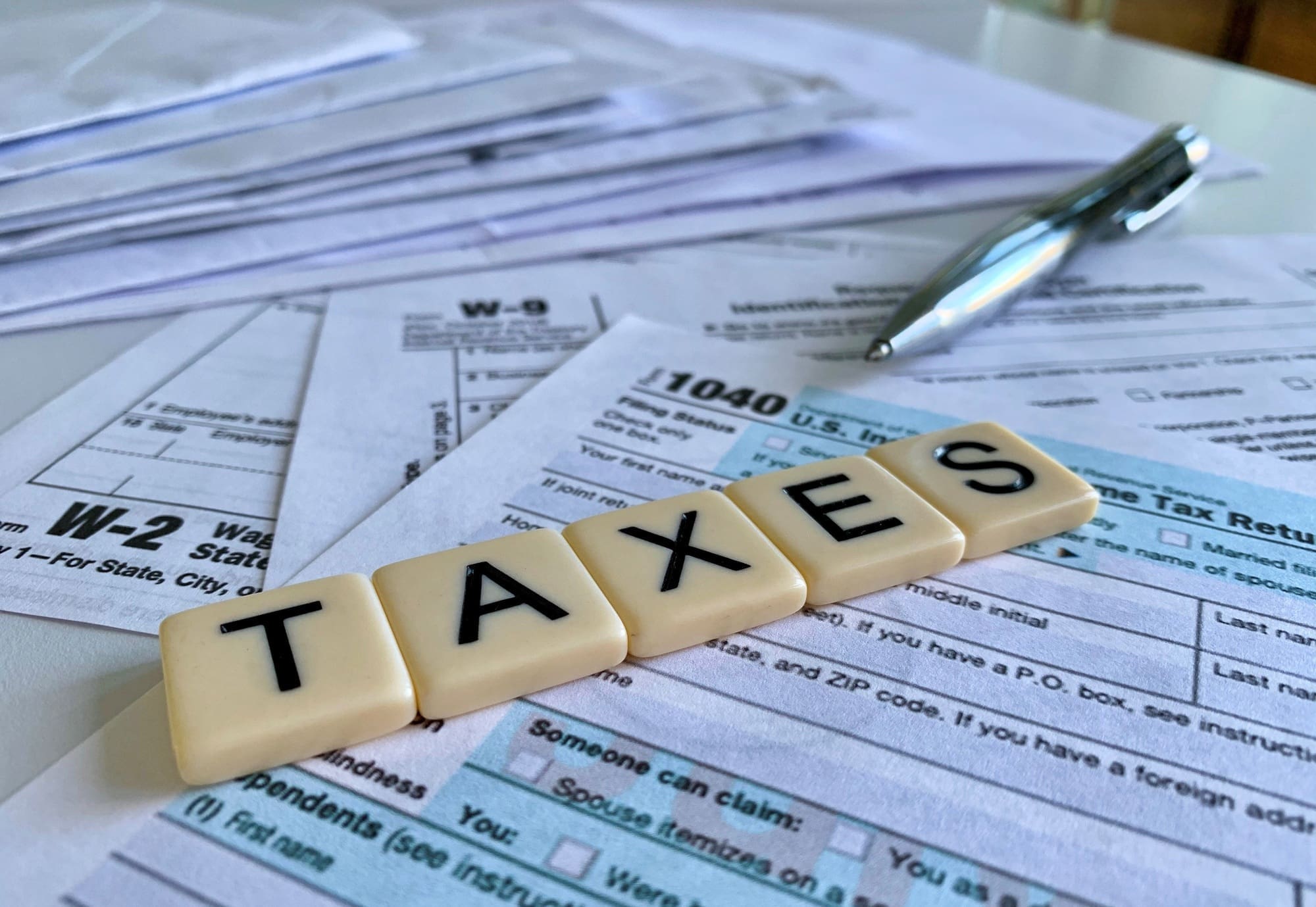When thinking about estate and inheritance tax planning its always sensible to start by quantifying the potential liability. How much of the estate is liable to inheritance tax and when the liability would arise.
For most couples, all or at least most of the liability to inheritance tax will arise on the death of the second of them to die. At that point, how much of the survivor’s estate will be taxed at the nil rate? The good news is that any of the nil rate band not used by the first of the couple to die can be transferred to the survivor. This is also possible, by the way, for the residence nil rate band too.
Given the importance of this transferability of the “ordinary” nil rate band HMRC have published new guidance on transferring the basic tax-free allowance (nil rate band) to a surviving spouse or civil partner. Essential knowledge for any taxpayer and any practitioner who offers advice on estate and inheritance tax planning.
The Basics
It’s well known that the current nil rate band threshold is £325,000.
The nil rate band is, in effect, a tax-free allowance and with its transferability, the amount available when a spouse or civil partner dies can be as much as £650,000 if none of the £325,000 nil rate band was used on the death of the first of a couple to die.
The percentage of the nil rate band that was unused when the first of the couple died increases the nil rate band that’s available for the surviving partner’s estate.
It is important to remember that its only possible to transfer the unused nil rate band if:
- the couple were married or in a civil partnership when the first death occurred; or
- the request is sent to HMRC within two years of the death of the surviving spouse or civil partner.
To work out the percentage of unused nil rate band available to transfer, it is necessary to use the nil rate band in use at the time the first spouse or civil partner died. HMRC’s guidance includes some helpful examples:
Example 1
Carole dies leaving an estate worth £600,000. She leaves £130,000 to her children and the rest to her husband Simon. The nil rate band at the time was £325,000.
The £130,000 left to the children would use up 40% (£130,000 ÷ £325,000 x 100) of the threshold, leaving 60% unused.
When Simon dies, the threshold is still £325,000. His available threshold would increase by the unused percentage (60%) to £520,000 (£325,000 x 60% +£325,000).
If Simon’s estate is not worth more than £520,000 there’ll be no inheritance tax to pay when he dies. IHT would be payable on anything above £520,000.
Of course, there may also be the residence nil rate band to consider.
Example 2
David died leaving an estate worth £800,000. He leaves £50,000 to his friend Sandra, and the rest to his civil partner, Mark. The nil rate band in use at the time was £250,000 (tax year 2002/3).
The £50,000 left to Sandra would use up 20% (£50,000 ÷ £250,000 x 100) of the threshold, leaving 80% unused.
When Mark dies, the nil rate threshold is £325,000. Mark’s available threshold would increase by the unused percentage (80%) to £585,000 (£325,000 x 80% + £325,000).
If Mark’s estate is not worth more than £585,000 there’ll be no inheritance tax to pay when he dies. Inheritance tax would be payable on anything above £585,000.
Claiming It
The way a claim is made depends on:
- the type of estate;
- the date the person died; or
- whether less than the full threshold is transferred.
If the estate is an excepted estate necessary to check which process must be followed.
For deaths on or before 31 December 2021 a claim to transfer the full unused threshold must be made with form IHT217.
Those transferring less than the full unused threshold, will no longer qualify as an excepted estate. It is necessary to make a full return of estate with form IHT400 and form IHT402.
For deaths on or after 1 January 2022:
- any unused amount can be transferred;
- it’s necessary to claim when probate is applied for.
If the person died in Scotland it’s necessary to use form C1.
For those who must make a full return of the estate they will need to transfer the unused threshold with form IHT400 and form IHT402.
Stephen Parnham


